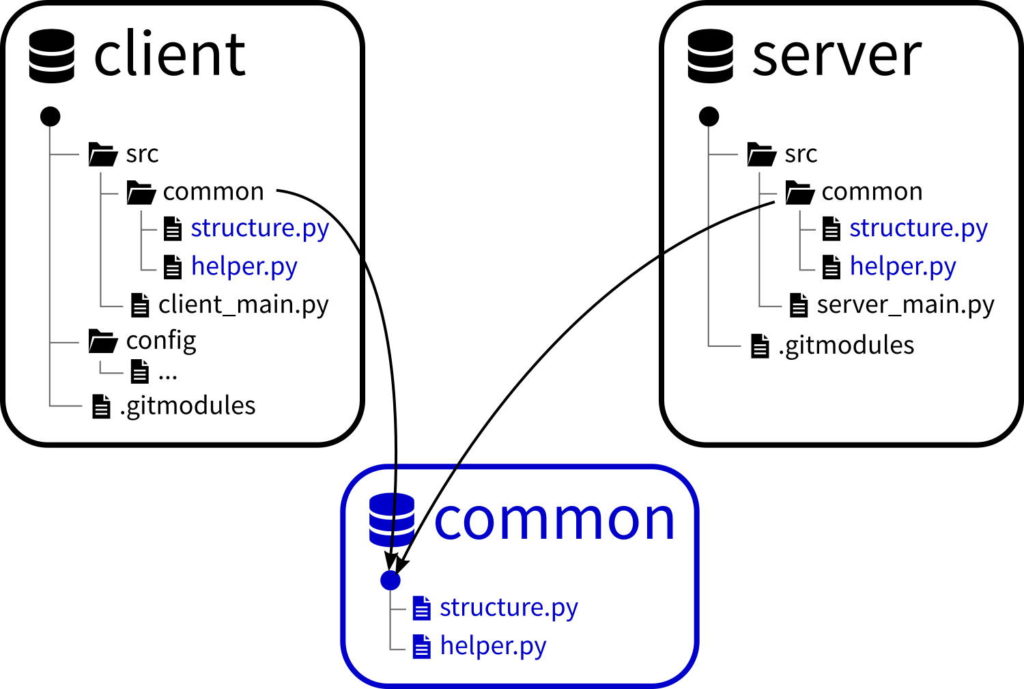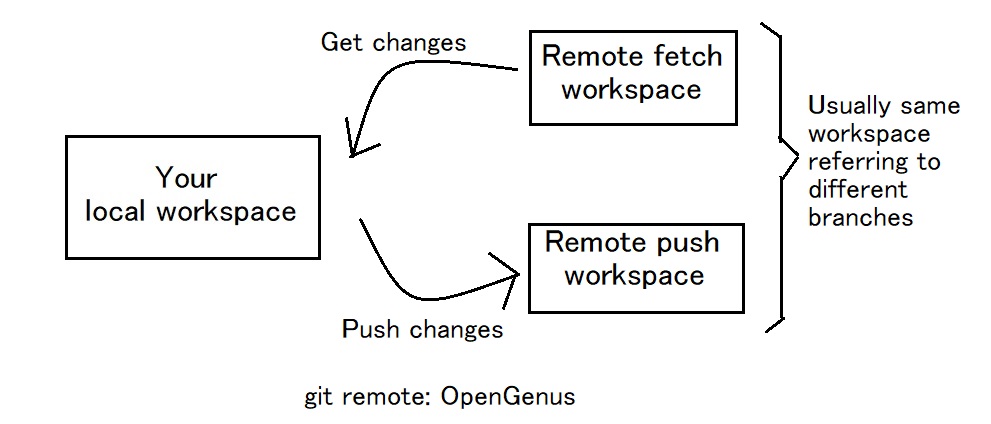

Notice that for the main repository and the subtree, we are using the master branch. git subtree add -prefix=forest/ forest master -squash It looks like this: git remote add forest Īfter the remote connection is established, you can add your subtree with a prefix for your subtree's subdirectory. Doing this first, allows you to refer to the repository's URL without having to reference it with the address every time. This command will also create the subdirectory that will hold your subtree. Let's walk through the steps!įirst, it's important to create a remote connection to your external repo from Git Bash. This will provide you a clone of that external repository inside your repository.
#Git add remote submodule how to#
You remember how to clone a project, right? It's very similar in this case: you run the git clone command from Git Bash, using the desired repository's HTTPS URL on GitHub. Your dependencies need constant updating.Ĭonstant updates and working with other dependencies can get messy! Getting started with subtrees If you want cleaner code, you can squash all the commits The repository provides easy access to where the subtree is integrated It provides all of the same functions a normal repository would. Since it is stored as commits, it's easy to use with your repository. It's straightforward, efficient, and easy to use. Integrating a subtree ✅ The benefits to using a subtree: Once that copy is integrated into your repository, you can work efficiently with your code. You'd use a subtree to copy and bring in that other repository with the trees and the animals.
#Git add remote submodule code#
Only they are defined in a code library in another repository.

What's a Git subtree? Let's say that you have a beautiful video game, and it uses a backdrop with happy trees and animals. It's kind of like when you have a file directory with subdirectories inside. If you think of your Git repository as a tree, imagine a subtree as a smaller version inside your main tree. Depending on the requirements of the project, one may be more useful than the other. This is achieved in two ways: subtrees and submodules. To use these without disrupting your work, you will have to split your codebase into separate modules. How can we integrate code libraries from other repositories into our own repo? Quiz: Define procedures for effective organizational strategies in teams Quiz: Manage your code using advanced versioning techniquesĮnhance your Github experience with extra toolsĪutomate processes with GitLab continuous integration Use subtrees and submodules to add a public repo to your project Learn branch management with git merge, git fetch, and git pull Quiz: Identify how to correct common errors when using GitHub Turn back time on your mistakes with git resetįix up individual commits with git logging techniques Manage common issues when working locally and remotely with Git

Handle those mishaps on your local repo like a champ Quiz: Explain how to save your code locally and remotely using GitHub repositories Write code efficiently by using a local repositoryĬontribute to an open source project with basic commands on Git Play around with Github on your own account Dive into Git's superpowered advantage: version control


 0 kommentar(er)
0 kommentar(er)
